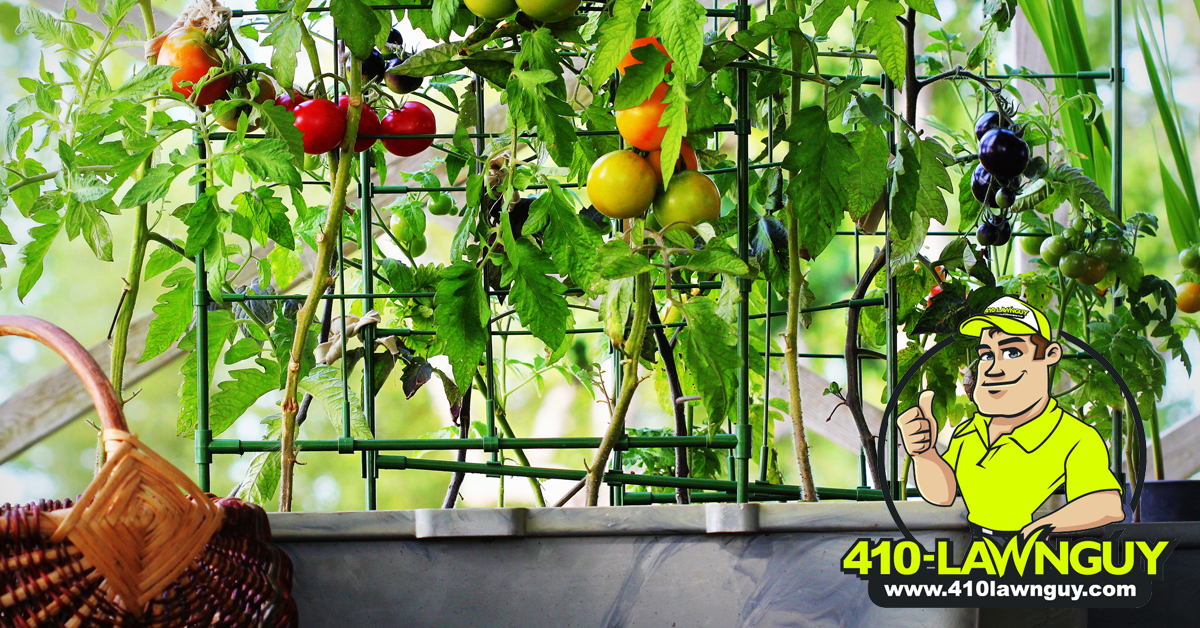 A fruits and vegetables garden offers you many benefits like access to fresh produce. To enhance your harvest, you need to consider the planting time. Most importantly, the planting time and season mainly depend upon the weather the vegetables can tolerate. Notably, you only need to consider two main types of fruits and vegetables: warm season and cool season. Therefore, the question is, when is the best time to plant?
A fruits and vegetables garden offers you many benefits like access to fresh produce. To enhance your harvest, you need to consider the planting time. Most importantly, the planting time and season mainly depend upon the weather the vegetables can tolerate. Notably, you only need to consider two main types of fruits and vegetables: warm season and cool season. Therefore, the question is, when is the best time to plant?
When to Plant Cool Season Vegetables
You can know cool season vegetables by edible buds, leaves, or stems, think cabbage, potatoes, and onions. The crops must mature when the weather is still cool. Cool season vegetables usually have shallower roots than warm season vegetable plants. In normal circumstances, they stop producing in early summer when temperatures surge to 80°F.
Their ideal planting time is in spring, when soil temperatures range between 40°F and 75°F. Plant these vegetables between 2-4 weeks before the last spring frost. Don’t plant them in soggy soil, as they might rot. Most seed packages will come with the desired soil temperature to sow the seeds for the vegetables.
It is advisable to have a soil thermometer, which comes in handy. Here are examples of crops for various temperatures include:
- When the soil reaches a temperature of 40°F – Plant Arugula, parsnips, kale, lettuces, peas, spinach, radicchio, and radishes.
- When the temperature of the soil reaches 50°F- It’s time to plant Leeks, Chinese cabbage, onions, turnips, and Swiss chard.
- Once your soil temperature reaches 60°F – You’re clear to plant Beets, Brussels sprouts, broccoli, cabbage, cauliflower, and carrots, and.
Planting Warm Season Fruits and Vegetables
You can classify warm season crops as tender or very tender. Tender vegetables and fruits are suitable for planting about one to two weeks after the last frost. Elsewhere, very tender vegetables are best planted at least three weeks after the last frost.
Overall, warm season vegetables and fruits do well in a minimum soil temperature of around 50°F. For best results, the ideal soil temperature Should be 60°F. As a rule, warm season crops thrive when the air and soil temperatures are 65-86°. For growth, most warm season vegetables like the temperature to be at least 75°F.
Some common warm season vegetables and fruits include watermelons, sweet potatoes, tomatoes, sweet corn, cucumbers, eggplant, lima beans, muskmelons, peppers, and pumpkin.
Interestingly, most warm season vegetables can also thrive out of season if protected from temperatures below 50ºF (10ºC). In this case, you can use cold frames, row covers, or cloches.
How to Plan a Fruits and Vegetables Garden
Vegetable and fruit gardening is an easy activity but can be intimidating at times. However, these tips can help you plan the adventure.
Decide What Fruits and Vegetables to Plant
This is the first step towards setting up your garden. Ask yourself what will grow well? What time can you dedicate to the project? What do you want to eat?
Find a Gardening Location
The space you allocate for our vegetable gardening will determine your final produce. Your garden vegetables will grow best and depend on factors like space, sunlight, soil, and convenience.
Fruits and Vegetables Garden Design
You can select your design from row gardening, intensive gardening, container gardening, spot gardening, and raised bed gardening.
Need Help Setting Up the Garden?
If you feel overwhelmed with all this, and don’t know where to start, call 401 Lawn Guy, and let us help you plan and grow your garden!

